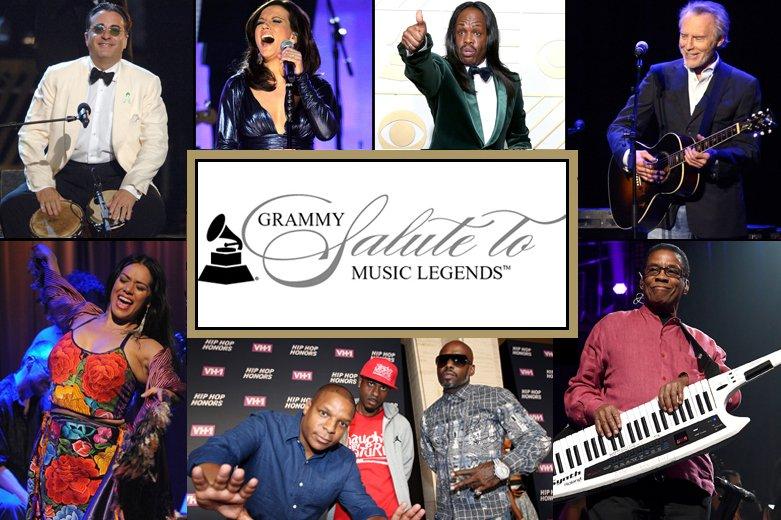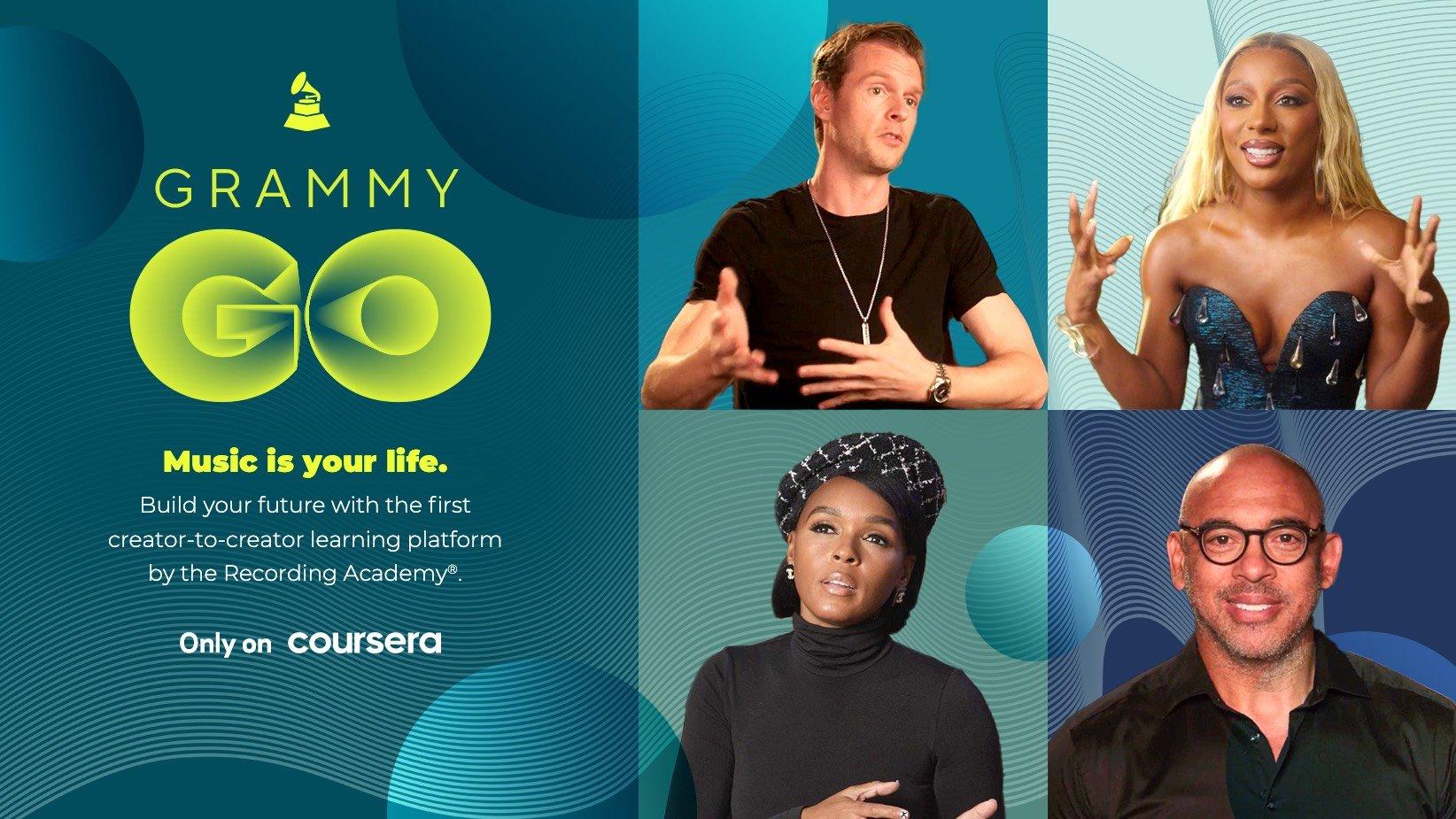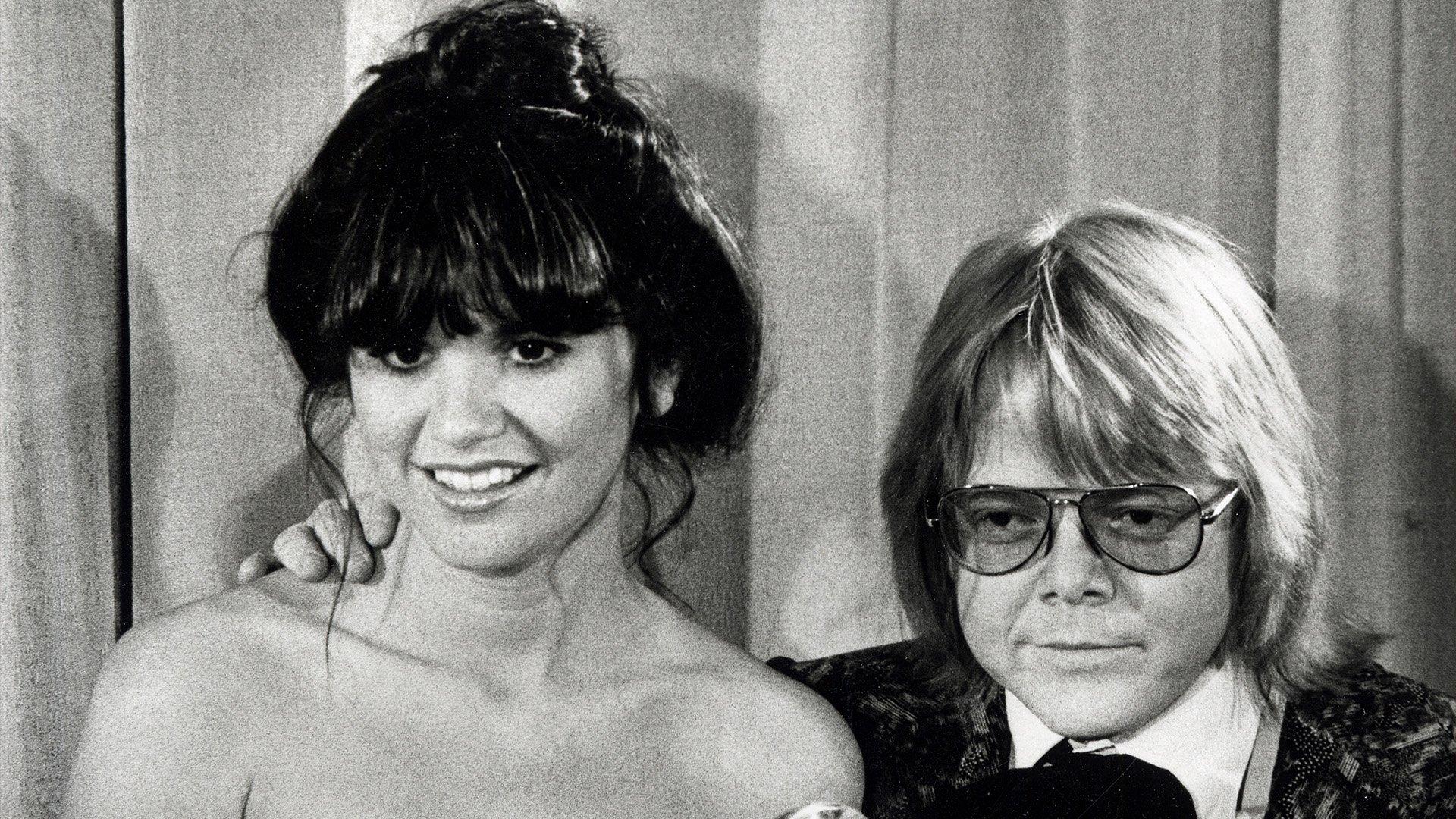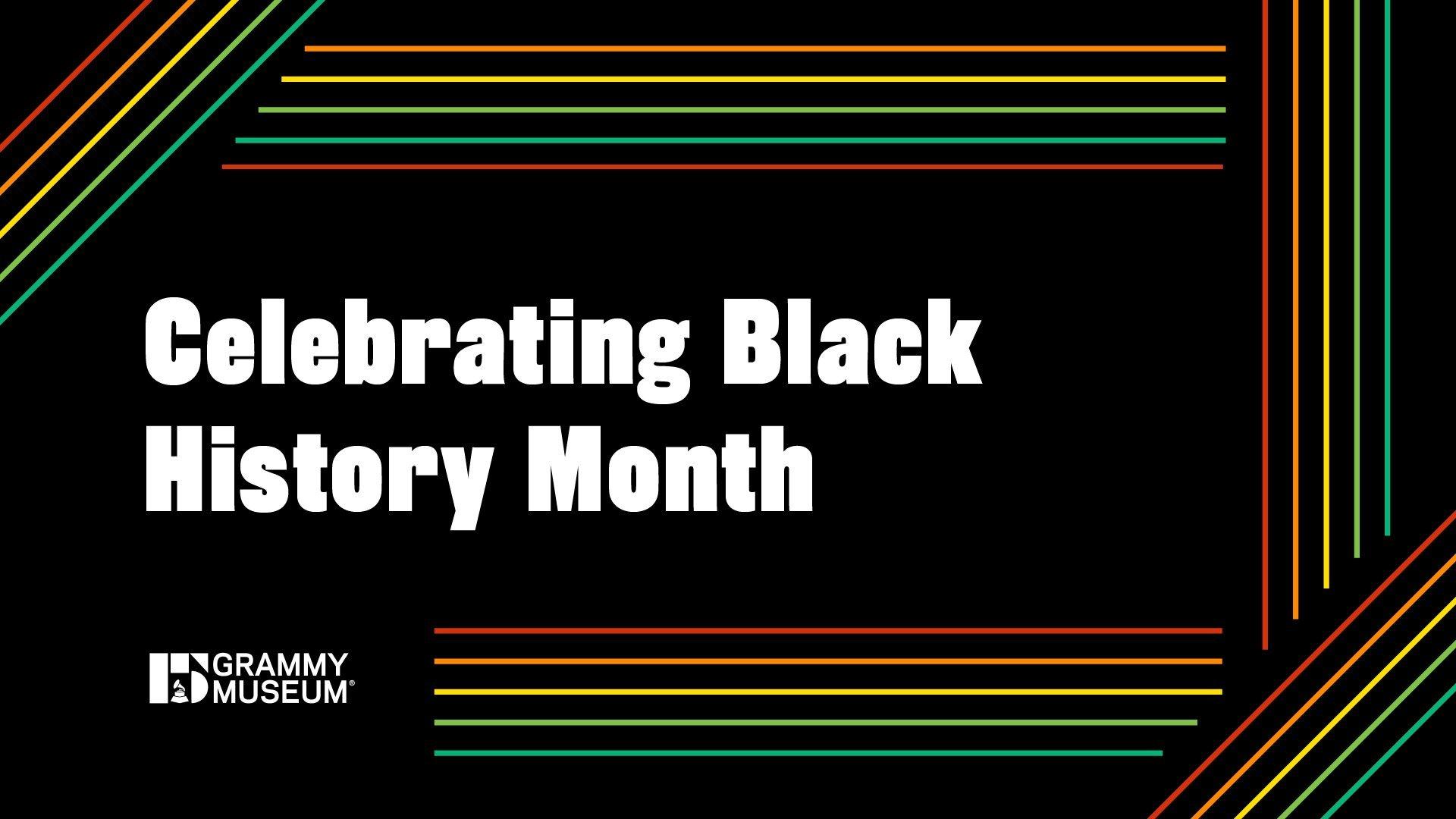In collaboration with PBS' "Great Performances" series, The Recording Academy will air "GRAMMY Salute To Music Legends" — a special all-star concert honoring The Recording Academy's 2016 Special Merit Awards recipients — on Oct. 14 from 9–11:30 p.m. ET/PT on PBS.
Taped at Dolby Theatre in Los Angeles, the special features tribute performances and never-before-seen video packages celebrating each of the recipients' contributions to the music industry and our cultural heritage. The lineup features performances by Patti Austin; Ry Cooder; Lila Downs; Earth, Wind & Fire; David Foster; Andy García And The CineSon All Stars; Herbie Hancock; Henry Gray; Jefferson Airplane; J'Nai Bridges; Kris Kristofferson; Lucrecia; Shelby Lynne; Magnolia Sisters; Martina McBride; Naughty By Nature, Anthony Parce; and JD Souther. Presenters include David Crosby, Jimmy Jam, LL Cool J, Michael Tilson Thomas, and Don Was.
View a complete list of " GRAMMY Salute to Music Legends" performances
This year's Lifetime Achievement Award honorees are Ruth Brown, Celia Cruz, Earth, Wind & Fire, Herbie Hancock, Jefferson Airplane, Linda Ronstadt, and Run DMC. John Cage, Fred Foster and Chris Strachwitz are Trustees Award honorees; and EMT and Dr. Harvey Fletcher are Technical GRAMMY Award recipients. Also being honored is Phillip Riggs, this year's recipient of the Music Educator Award.
Among numerous highlights, psychedelic rock pioneers Jefferson Airplane take fans back in time as they play some of their most memorable hits that shaped much of the San Francisco scene in the 1960s and earned them international mainstream success. Standing in for legendary frontwoman Grace Slick (who is present to accept her award) is GRAMMY-nominated rock songstress Cathy Richardson.
Arhoolie Records founder Strachwitz has made a living recording, preserving, and celebrating the music he loves — music that formed the fabric of both American and international culture. Paying homage to the multifaceted and uniquely talented producer/businessman will be six-time GRAMMY-winning guitar virtuoso Cooder, GRAMMY-nominated Chicago bluesman Gray and GRAMMY nominees the Magnolia Sisters.
Paying tribute to three-time GRAMMY winner and four-time Latin GRAMMY winner Celia Cruz — internationally known as the Queen of Salsa — are Latin GRAMMY nominee Lucrecia and GRAMMY and Latin GRAMMY winner García, who will bring his Cuban musical group, Andy García And The CineSon All Stars, to the stage.
Six-time GRAMMY winners Earth, Wind & Fire offer a roof-raising performance.
A salute to 10-time GRAMMY winner Linda Ronstadt features pop, country and Latin musical offerings from GRAMMY and four-time Latin GRAMMY winner Downs and GRAMMY nominees McBride and Souther.
A production of Thirteen Productions LLC for WNET, "GRAMMY Salute To Music Legends" is written by David Wild and directed for television by David Horn, with Mitch Owgang as producer, and Horn and Neil Portnow as executive producers. Was is music director. For "Great Performances," Bill O'Donnell is series producer; Horn is executive producer.





